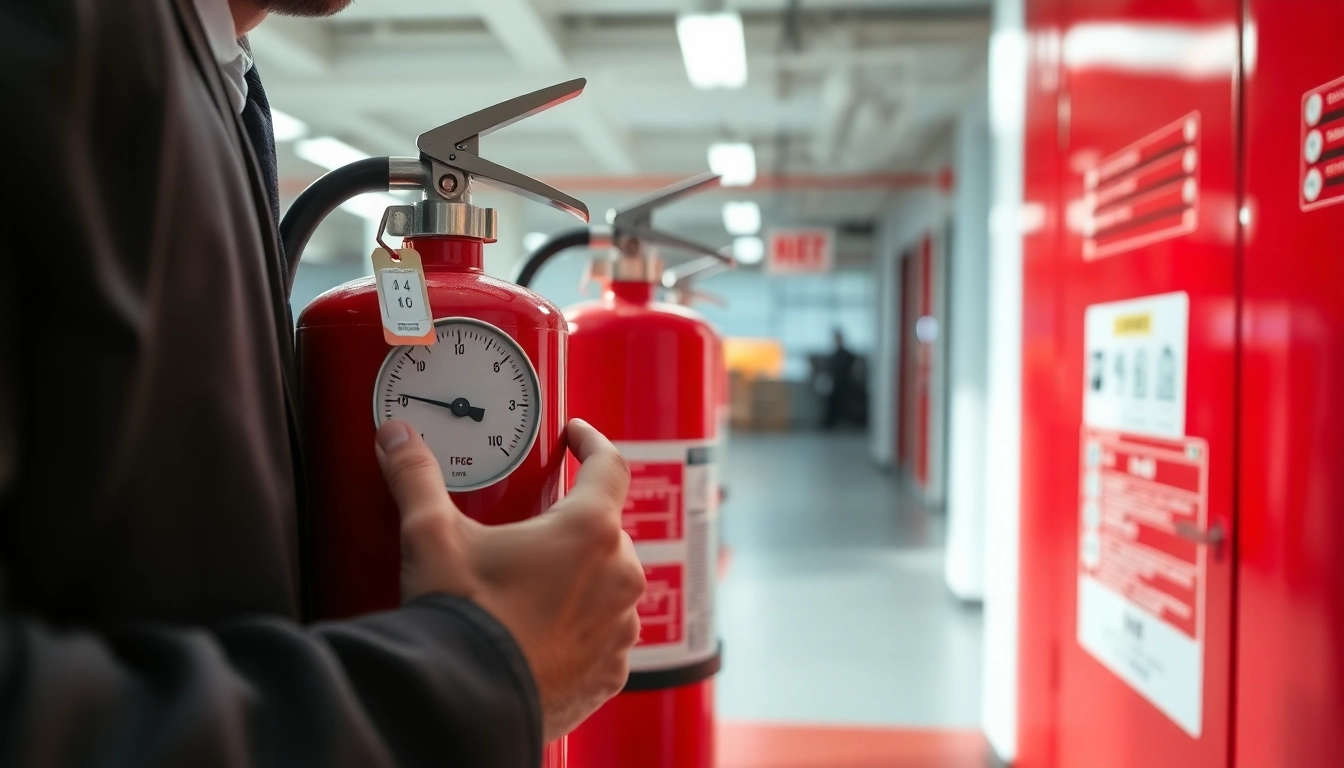
Understanding Portable Appliance Testing
What is Portable Appliance Testing?
Portable Appliance Testing (PAT) is a crucial procedure that ensures the safety of electrical devices in various environments, including homes, workplaces, and public spaces. It involves a set of tests and inspections on portable appliances to verify their safety and compliance with electrical regulations. Commonly performed in countries such as the United Kingdom, Ireland, New Zealand, and Australia, PAT is typically conducted by qualified professionals using specialized equipment. For more about the benefits and procedures of Portable Appliance Testing, continue reading.
Importance of PAT in Various Industries
PAT is essential in a variety of industrial settings, including but not limited to, offices, factories, and healthcare facilities. These environments often use numerous portable electrical appliances, creating a reoccurring risk of electrical accidents. By conducting regular PAT tests, organizations can reduce the likelihood of electrical shocks and fires that could arise from faulty appliances.
Industries heavily reliant on technology, such as IT and telecommunications, greatly benefit from PAT. For instance, servers and networking equipment undergo rigorous PAT procedures to ensure uninterrupted service and protect sensitive data. Similarly, healthcare facilities must adhere to strict PAT protocols to ensure patient safety, safeguarding medical devices used during treatment.
Common Myths About Portable Appliance Testing
Despite its importance, there are several misconceptions surrounding PAT. One prevalent myth is that PAT inspection is only necessary for high-risk workplaces. In reality, all workplaces with portable appliances should implement PAT regardless of their risk level to promote a safety culture.
Another common belief is that completing a visual inspection is sufficient for safety. While visual inspections are vital, they should be complemented by functional testing to ensure appliances operate correctly under load conditions.
Legal Requirements for Portable Appliance Testing
Regulations and Standards in the USA
In the United States, while no explicit federal regulation mandates PAT, several standards and guidelines exist to ensure electrical safety. The Occupational Safety and Health Administration (OSHA) encourages employers to ensure that all electrical appliances are maintained in a safe condition. Additionally, the National Fire Protection Association (NFPA) provides guidelines on electrical safety that companies need to follow.
Adhering to state-specific regulations, as well as insurance and liability requirements, is essential to protect organizations from legal repercussions stemming from electrical accidents.
Industry-Specific PAT Compliance
Different industries have varying legal requirements regarding PAT. For example, in healthcare, stringent compliance with the National Electric Code (NEC) and Joint Commission standards necessitates regular testing of medical devices. In contrast, construction sites may be governed by more flexible guidelines due to the transient nature of equipment and tools used.
It’s crucial for organizations to stay informed about specialized regulations that govern their specific industry and adjust their PAT protocols accordingly.
Consequences of Non-Compliance
Failure to comply with PAT regulations can lead to severe consequences for businesses. These consequences range from legal penalties and increased insurance premiums to liability during accidents or injuries caused by faulty equipment. Businesses that do not prioritize PAT inspections may also find themselves facing reputational harm, as clients and customers are increasingly concerned about safety standards.
How to Conduct Portable Appliance Testing
Essential Equipment for Portable Appliance Testing
To perform effective PAT, certain equipment is necessary. This includes an electrical testing device, which can range from simple testers to advanced multifunctional devices capable of conducting multiple tests simultaneously. Additionally, a computer or tablet is beneficial for data management and reporting.
Visual inspection tools, such as screwdrivers, insulation resistance testers, and plug testers, also significantly enhance the effectiveness of PAT by allowing testers to assess the physical condition and operational integrity of appliances.
Step-by-Step Guide to PAT
Conducting Portable Appliance Testing involves several key steps:
- Preparation: Gather the necessary equipment and prepare a list of appliances requiring testing.
- Visual Inspection: Check each appliance for signs of damage, wear, or misuse. Inspect power cords, plugs, and the overall clean condition of the device.
- Functional Testing: Use the testing equipment to conduct electrical tests such as earth continuity, insulation resistance, and polarity checks.
- Documentation: Record the results of each test. Mark appliances that pass the tests and identify those needing repairs or replacements.
- Follow-Up: Ensure any faulty appliances are either repaired by qualified personnel or replaced. Regularly review testing protocols to ensure compliance with current regulations.
Maintenance of Testing Equipment
Proper maintenance of testing equipment is essential to ensure consistent and accurate results. Testing devices should be inspected regularly for calibration and functionality. Manufacturers often provide guidelines for maintenance routines, and a proactive approach can extend the lifespan of expensive testing tools.
Benefits of Regular Portable Appliance Testing
Improving Workplace Safety
Regular PAT significantly improves workplace safety by minimizing the risks associated with electrical accidents. Electrical faults are one of the leading causes of workplace hazards. By ensuring that every portable appliance is up to code, organizations can prevent potential injuries and fatalities, fostering a safer working environment.
Reducing Liability and Insurance Costs
Conducting PAT can lead to reduced liability claims and lower insurance premiums. Insurance providers often consider compliance with safety standards when determining coverage costs. Organizations that can prove their commitment to safety through regular PAT testing are likely to receive more favorable terms.
Enhancing Equipment Longevity
Regular testing and timely maintenance extend the lifespan of electrical appliances. Many damages due to wear and tear can be identified and addressed early through PAT, preventing more significant issues later. Organizations that invest time and resources into PAT often enjoy the long-term financial benefits of keeping their hardware in good condition.
Choosing a Portable Appliance Testing Service
Criteria for Selecting a PAT Provider
Selecting a reliable PAT provider involves considering several factors. First, evaluate their experience and qualifications; a certified service provider should have the necessary credentials to perform the testing adequately. Secondly, customer reviews and testimonials provide insight into the provider’s reputation and service quality.
Additionally, consider the range of services offered. Some providers may offer bundled packages that include maintenance and inspection services, adding value to their offering.
Assessing Qualifications and Certifications
When choosing a PAT provider, ensure they possess relevant qualifications such as City & Guilds certification, NICEIC registration, or equivalent accreditations that demonstrate compliance with industry standards. Such qualifications assure clients that the provider is knowledgeable about recently updated laws and testing methods.
Cost Considerations for PAT Services
The cost of PAT services can vary based on the number of appliances being tested, the complexity of the equipment, and the provider’s location. While price should be a consideration, prioritize quality and thoroughness. Opting for the cheapest provider can lead to inadequate testing and increased risks.







